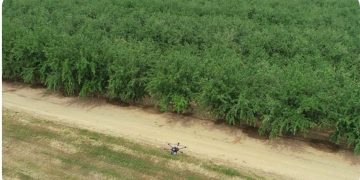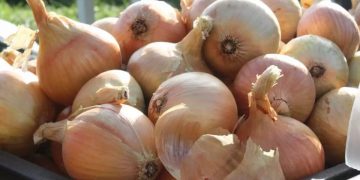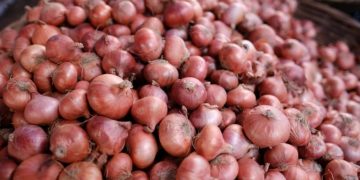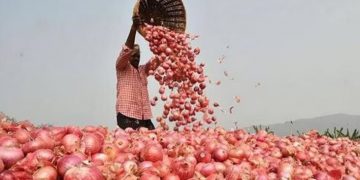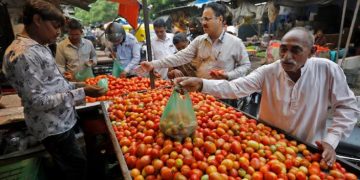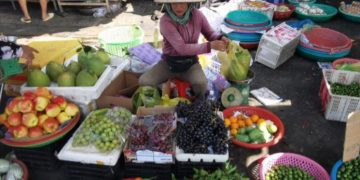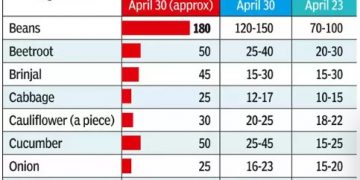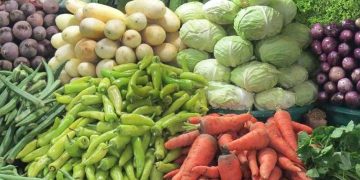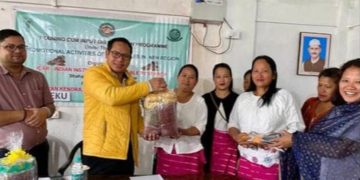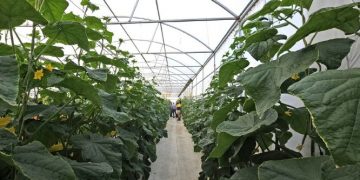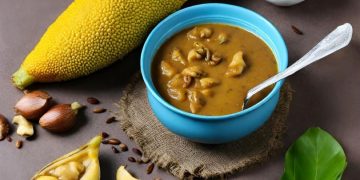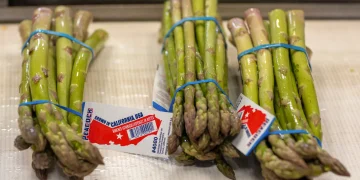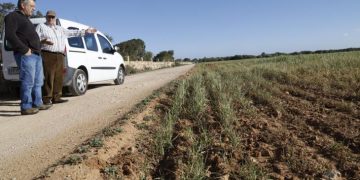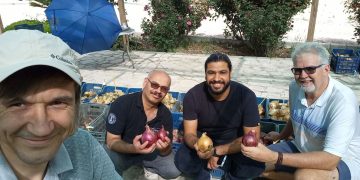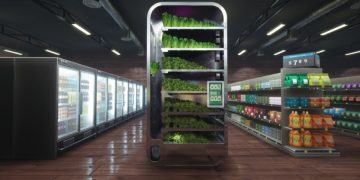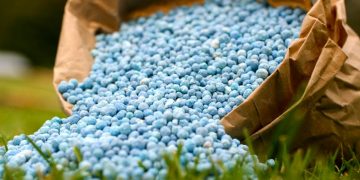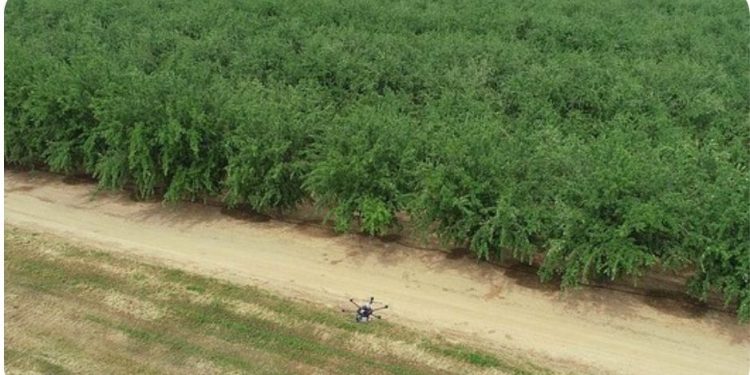With support from the National Institute of Food and Agriculture’s Multi-state Research Fund, researchers at 17 land-grant universities are working together to develop automated systems that work well for labor-intensive specialty crops like fruits, vegetables, tree nuts, and nursery plants. A multi-state collaborative approach lifts the burden of research and development from a single specialty crop sector and spurs major advances.
Automation is helping the specialty crop industry overcome labor shortages, fine-tune management decisions, conserve resources and meet growing demand. Consistent with the USDA Agriculture Innovation Agenda, advances in technology for growing, harvesting, handling, and processing are generating significant savings for growers and consumers, while improving sustainability.
University of Florida scientists developed a robot that counts and maps the fruit on citrus trees, and University of California-Davis researchers developed fruit-picking carts with instruments that map orchard fruits. These automated devices have helped farmers see if and where production issues arise, so they can make targeted, effective management decisions. Accurate yield estimates are also important for programming harvest machines and making marketing decisions.
Automated disease detection and management technologies could mitigate crop losses. For example, Iowa State University scientists are guiding the manufacturing of technology that reduces pesticide drift. Washington State University scientists developed drones to deter birds that eat and damage fruit crops. And, handheld devices designed by University of Hawaii researchers give coffee growers an inexpensive way to spot leaf water stress and optimize irrigation.
To overcome labor shortages and cut labor costs, Washington State University scientists designed a robotic twining machine for hops, and University of Georgia researchers are perfecting affordable automated technologies for efficient blueberry harvest. A new pruning method recommended by Pennsylvania State University Extension could cut pruning time by 42% and save $136 per acre. Automation can also make labor less dangerous. For example, a harvest-assist device designed at Penn State eliminated ladder falls and reduced the time apple pickers spent in awkward, dangerous postures from 65% to 43% of picking time.
Automation won’t soon replace the keen eye of talented growers, but these technologies will reduce costs, improve quality, and ensure consumer satisfaction, while eliminating some on-farm health risks, increasing efficiency, and reducing environmental impacts.
Learn more about this USDA-NIFA funded project: W2009: Integrated Systems Research and Development in Automation and Sensor for Sustainability of Specialty Crops (2013-2018).
This research supports the “value-added innovation” theme outlined in the USDA Science Blueprintand moves us closer to meeting the goals outlined in USDA’s Agriculture Innovation Agenda.
Advances in technology, automation, and remote sensing is a cross-cutting, macro movement in science impacting agriculture outlined in the USDA Science Blueprint (PDF, 2.6 MB). The Science Blueprint guides USDA’s science priorities for the next 5 years, building from past success. Relative to other crops, many specialty crops are more dependent on agricultural labor for production, harvesting, and processing. This is part of a blog series that highlights research investments to advance automation and mechanization for specialty crops.
–Sara Delheimer, NIFA-funded Multistate Research Fund Impacts Program in Research and Science
Multi-state efforts across 17 land-grant Universities focus on automation to overcome labor shortages, fine-tune management decisions, conserve resources and meet growing demand for specialty crops. Photo: Andre Daccache/UC Davis
